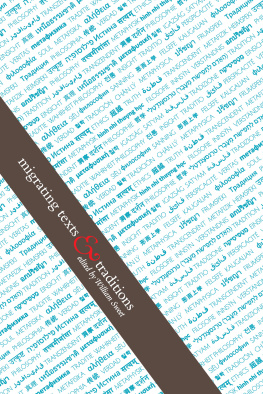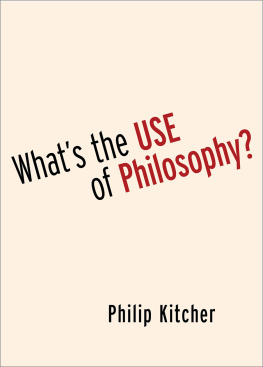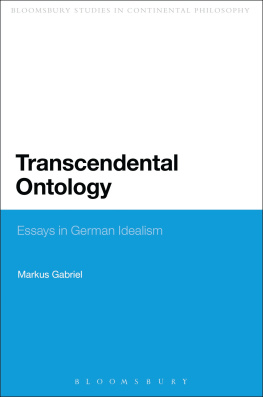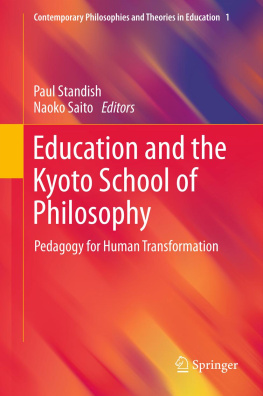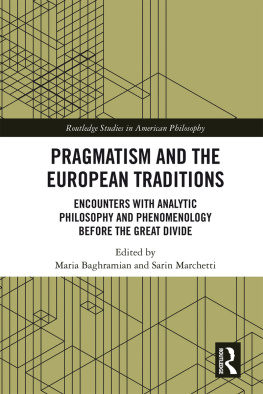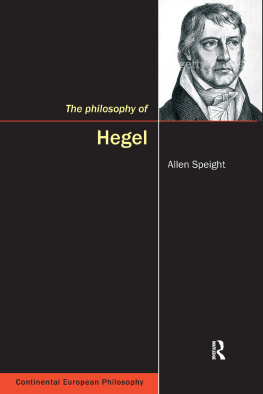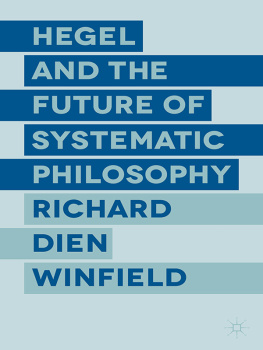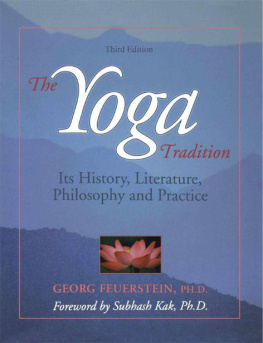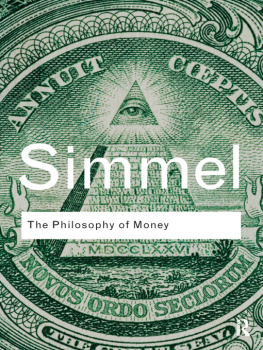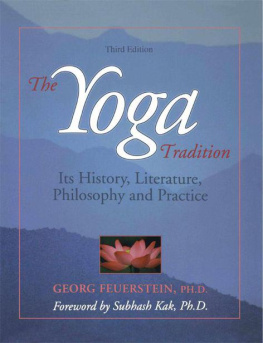Art as Human Practice
For HG
ALSO AVAILABLE FROM BLOOMSBURY
Reparative Aesthetics, Susan Best
Aesthetics of Ugliness, Karl Rosenkranz
Enduring Time, Lisa Baraitser
Technic and Magic, Federico Campagna
The Re-Enchantment of the World, Bernard Stiegler
The Politics of Aesthetics, Jacques Ranciere
Surpassing Modernity, Andrew McNamara
The Sea, David Farrell-Krell
Common, Pierre Dardot and Christian Laval
Techne Theory, Henry Staten
On Freedom, Peter Trawny


Contents

The considerations in this book are the result of years of occupation with questions of art and the aesthetic.discussed in the framework of a workshop in January 2013. My special thanks go to Allesandro Bertinetto, Dorothea von Hantelmann, Gertrud Koch, and Michael Lthy for their helpful commentary and critique, as well as to the members of the SFB 626 and my research colloquium for a highly productive discussion. I also want to thank Manuel Scheidegger, Hennning Tegtmeyer, and Holm Tetens for their discussions on the manuscript; Daniel Martin Feige and Frank Ruda for their constant critical attention during its emergence; Eva Gilmer for a highly far-reaching series of lectures; and lastly David Blumenthal and Tobias Wieland for their corrections and help with revisions, as well as Juliane Schiffer and Jonathan for the fact that they were there, not just for the work on the book. The readers will have to judge whether I have succeeded in making something out of these inspirations. In any case, I hope that for those people who consider art to be an important element of the human form of life I am delivering something provocative.
Berlin, December 2013
Early versions of what I develop in a systematic form here may be found in several other texts that I have published since the book Kunst: Eine philosophische Einfhrung (Stuttgart: Reclam, 2005). This is especially the case for the second and third chapters, which I published in prior versions: Georg W. Bertram, Kunst und Alltag: Von Kant zu Hegel und darber hinaus, Zeitschrift frsthetik und Allgemeine Kunstwissenschaft 54 (2009), 203217; Autonomie als Selbstbezglichkeit: Zur Reflixivitt in den Knsten, Zeitschrift frsthetik und Allgemeine Kunstwissenschaft 55 (2010), 223234.

In his late philosophy, Ludwig Wittgenstein makes a fundamental attempt to show how our thinking can take a different course. Wittgenstein articulates this by speaking of the need to bring about a change of perspective. He makes the penetrating demand: Let us see it like this! This book also demands us to practice changing our customary perspective on philosophy of art. It advocates for calling into question the view of art that has grown familiar and dear, which centers on the thought that art is strictly delimited from other practices in human life. Under this view, art consists of particular aspects that distinguish it from nonart. It takes the distinction between art and other things as central to the concept of art. The following considerations suggest looking at art in a different manner. In what follows, I will develop and defend the view that art stands in an essential continuity with other human practices, since it only gets its distinctive potential by taking up a relation to these other practices.
In the past century, many artistic innovations have announced a similar change of perspective, for instance, in the sense that they undermined the difference between art and nonart. Many artworks and aesthetic events in this time frame have made it clear that art is a part of human practice. Now art is not simply one with human practice as a whole, for it certainly demonstrates particularities: Artworks arise out of specific materials, assume a particular command of these materials, and demand familiarity with certain historical epochs and genres of art, as well as specific perceptive abilities from both producers and recipients. Additionally, they often rest on certain traditions that have developed in Europe since the Renaissance. But can the concept of art be derived from these factors? Some of the more recent currents in the arts, such as documentary art and post-dramatic theater, take art as an integral part of human practice, and hence they ask to be recognized as theoretical challenges to the very concept of art, because in these instances art has turned against those very defining features that were formerly taken for granted. As a result of such innovations, a new art has emerged, one which relinquishes all claim to a distinctive status as art.
In my view, such developments give us the occasion to relinquish our trust in the specific, separate essence of art. Instead, one has to ask about the position that art has within the context of human practice. Or to put it another way: One should ask what place art has in the mental economy of humans. Is it simply a matter of a practice that can be defined in relation to other practices? Is art a practice like going for a walk, or baking cake, just with the difference that it demonstrates certain peculiarities of its own? My thesis is that this is not the case. Art is a practice for which reference to other practices is essential, and for this reason it cannot be thought of in isolation from these other practices, but rather only in recourse to the way in which these other practices are carried out. What characterizes art is a complex connection between types of practice, which I will characterize in what follows as a form of practice. To put it in the language of philosophical aesthetics: The autonomy of art cannot be grasped independent of other human practices. Positions that make such a claim belong to what I call the autonomy paradigm. In opposition to this paradigm, I argue for a different understanding of aesthetic autonomy, one that conceives of it as an interrelation between art and other human practices. In other words: We have to grasp aesthetic autonomy as an aspect of the form of practice specific to art, if we are not to interpret it in a mistaken way.
My account of a new conception of aesthetic autonomy departs from the assumption that the human form of life is constituted by reflection in a special way. Humans are not what they are simply by nature. We are not determined by our cultural traditions to come out a certain way. Rather, as humans, we always have to define what we are anew. What we become as humans is always the result of taking a stance, indeed, a stance on ourselves, and this taking a stance has to be grasped as a practical occurrence. This means that the continual process of redefining what it means to be human involves a component of reflection that is essential to all of our practices. This applies even to art: It is not simply a specific kind of practice, but rather a specific kind of reflective practice, a specific formation of practices by means of which we take a stance towards ourselves in the midst of practicing our culture.


